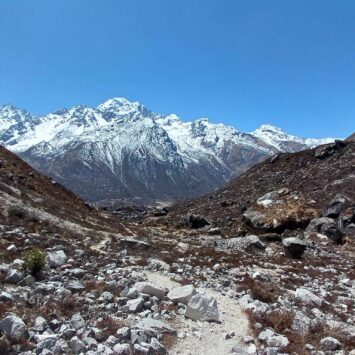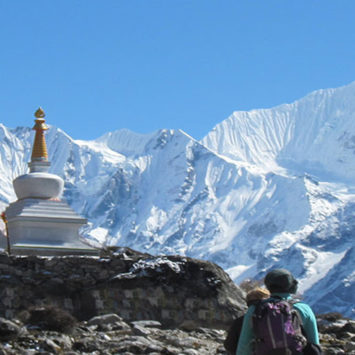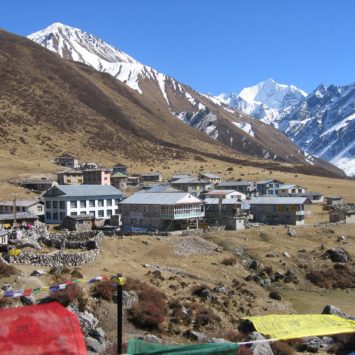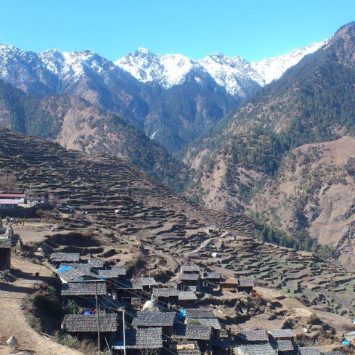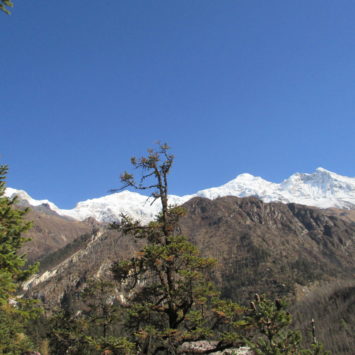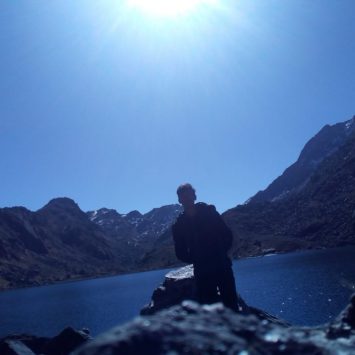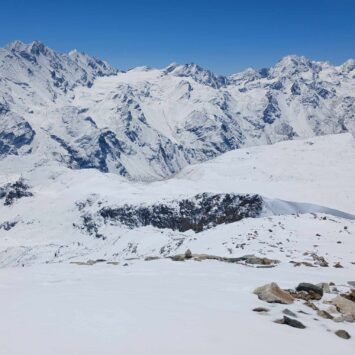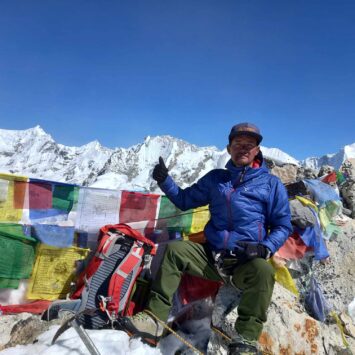Langtang Region became the first Himalayan Conservation Area in Nepal with the establishment of Langtang National Park in 1976. After the entire Langtang Village succumbed to the earthquake in April 2015, Langtang Region saw a dip in the visitors coming to its lands. Gradually, however, it has started to reclaim its popularity and trekking in the region once again has gained momentum. After all, the region is alluring, owing largely to its landscape, people and wilderness.
The landscape certainly is stunning. From the high hills to the Himalayan valleys to the lowlands, Bhotekoshi and the Langtangrivers, and later the Trishuli, carve their way down as they meander through barren lands, lush green patches of forests, villages and farm lands. The Himalayan glaciers that feed them remain calm for now. Upwards go the elevations sharply after their foothills, reaching the land’s highest altitude of 7,234 metres, the summit of Langtang-Lirung, along with numerous other peaks including DorjeLakpa, Naya Kang and Yubra. Nestled majestically amongst the Himalayas, The Holy Lakes – Gosaikunda, Parvatikunda, Bhairavkunda, Dudhkunda – remain tranquil.
And the people are no less. Spread across three districts and twenty-six villages, Langtang Region is home of the Sherpas and the Tamangs (predominantly), an ethnic group with Tibetan influences in their culture. The life in many of these culturally rich villages seems to retain an aura of some ancient times – in their songs and dances, in their traditional costumes, in their welcoming the visitors with silk Khadas and Chyang (a drink), in their monasteries and prayer flags, and in the architecture of their porches, windows and doors.
With around a thousand species, the flora and fauna in the Langtang National Park also call for some attention. The deciduous oaks and maples as well as the evergreen rhododendrons, firs and pines do seem to be doing their best to bring the forests alive as some orchids and primroses, along with many others, have managed to find their way in. Inside these forests as well as their surroundings, other life forms seem to go about their regular lives: the langurs jumping about from tree to tree, the red panda sleeping with its tail curled up, and the snow leopard stealthily approaching its prey while the hawks soar, the red-billed parakeets forage, and the owls and the cuckoos perch.
For those wishing a trekking experience in the land, Langtang National Park presents them with several trekking options: Langtang Valley Trek, Gosainkunda Trek, Ganja-La Pass Trek, Helambu Trek andTamang Heritage Trek.
